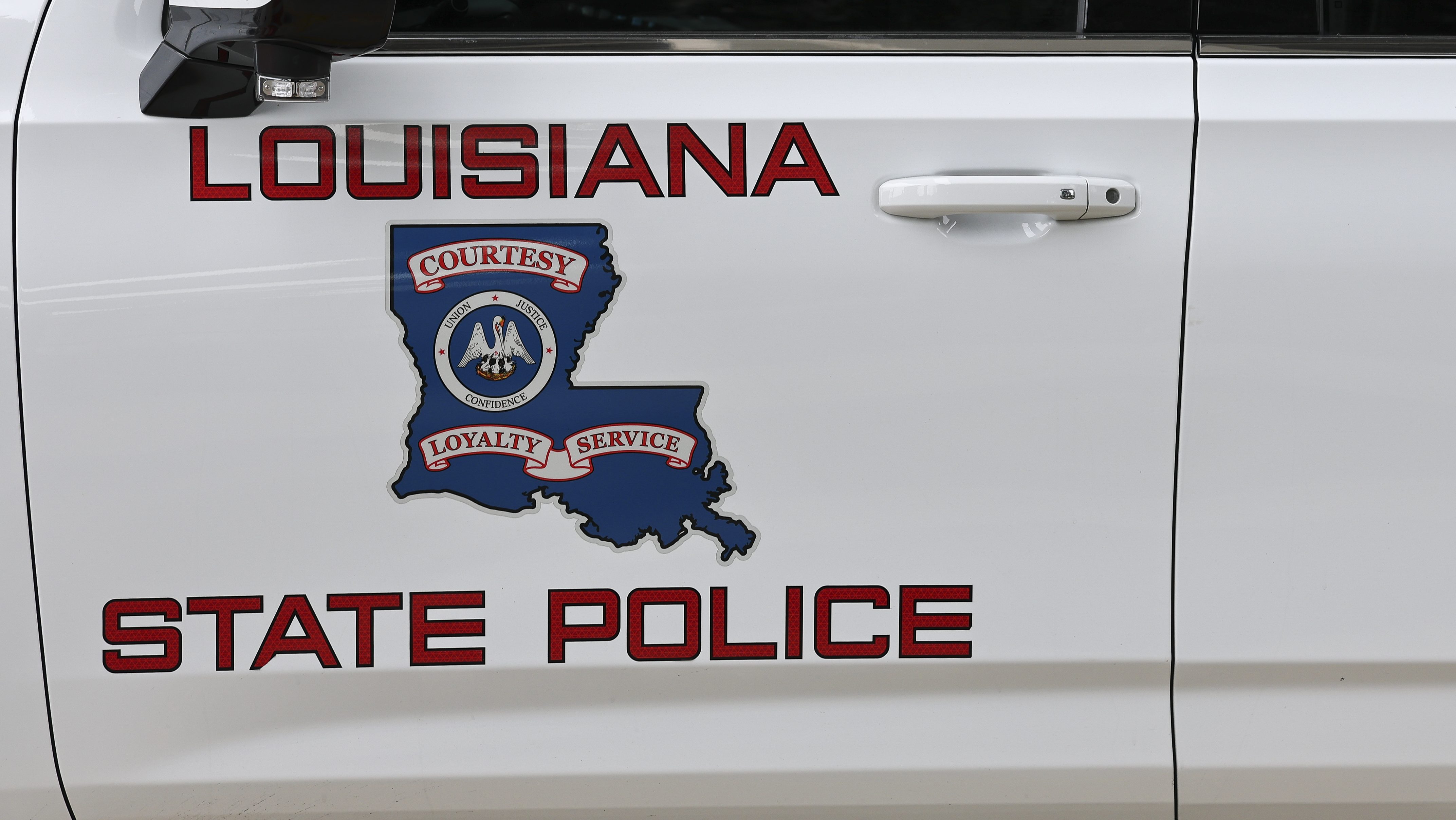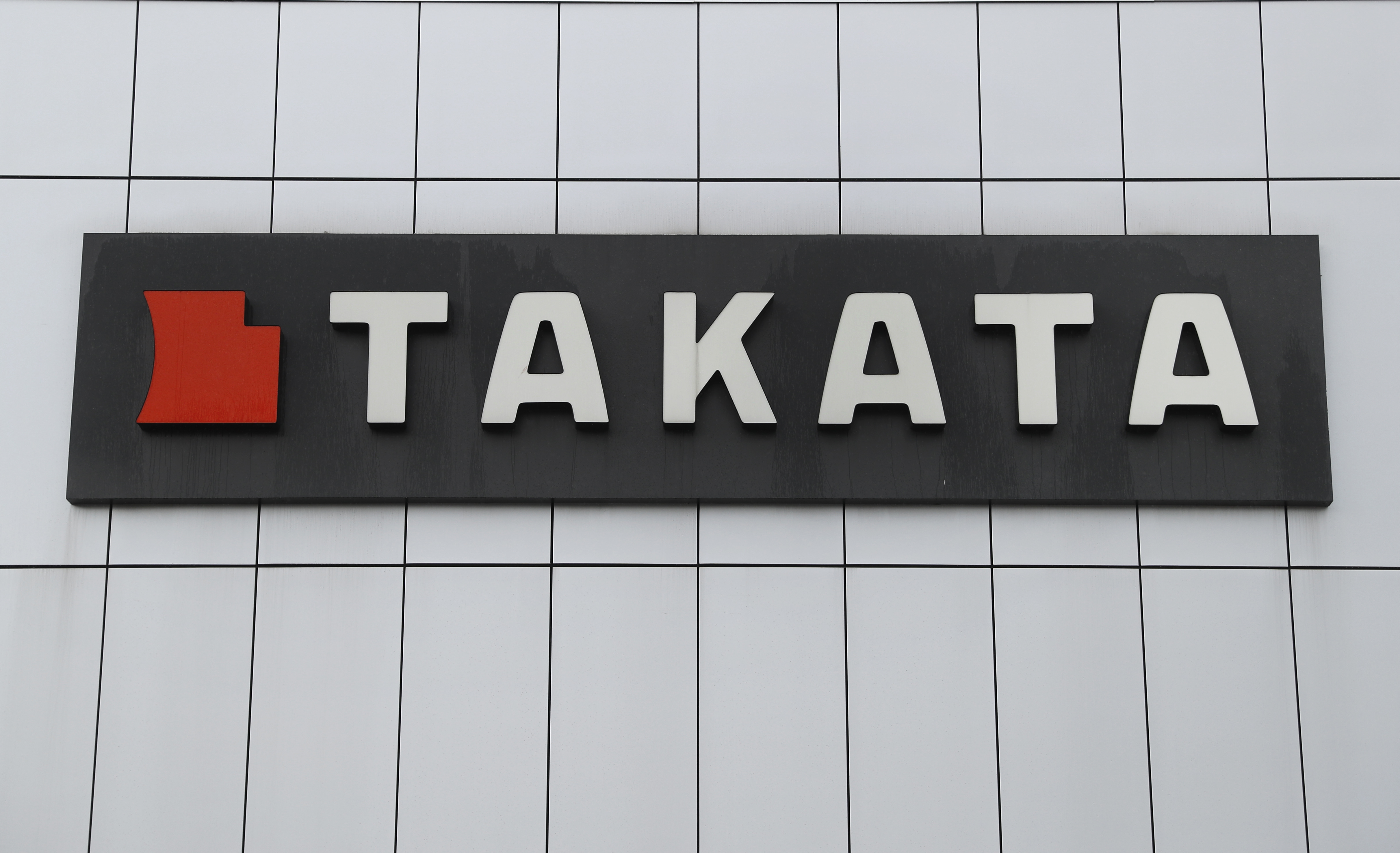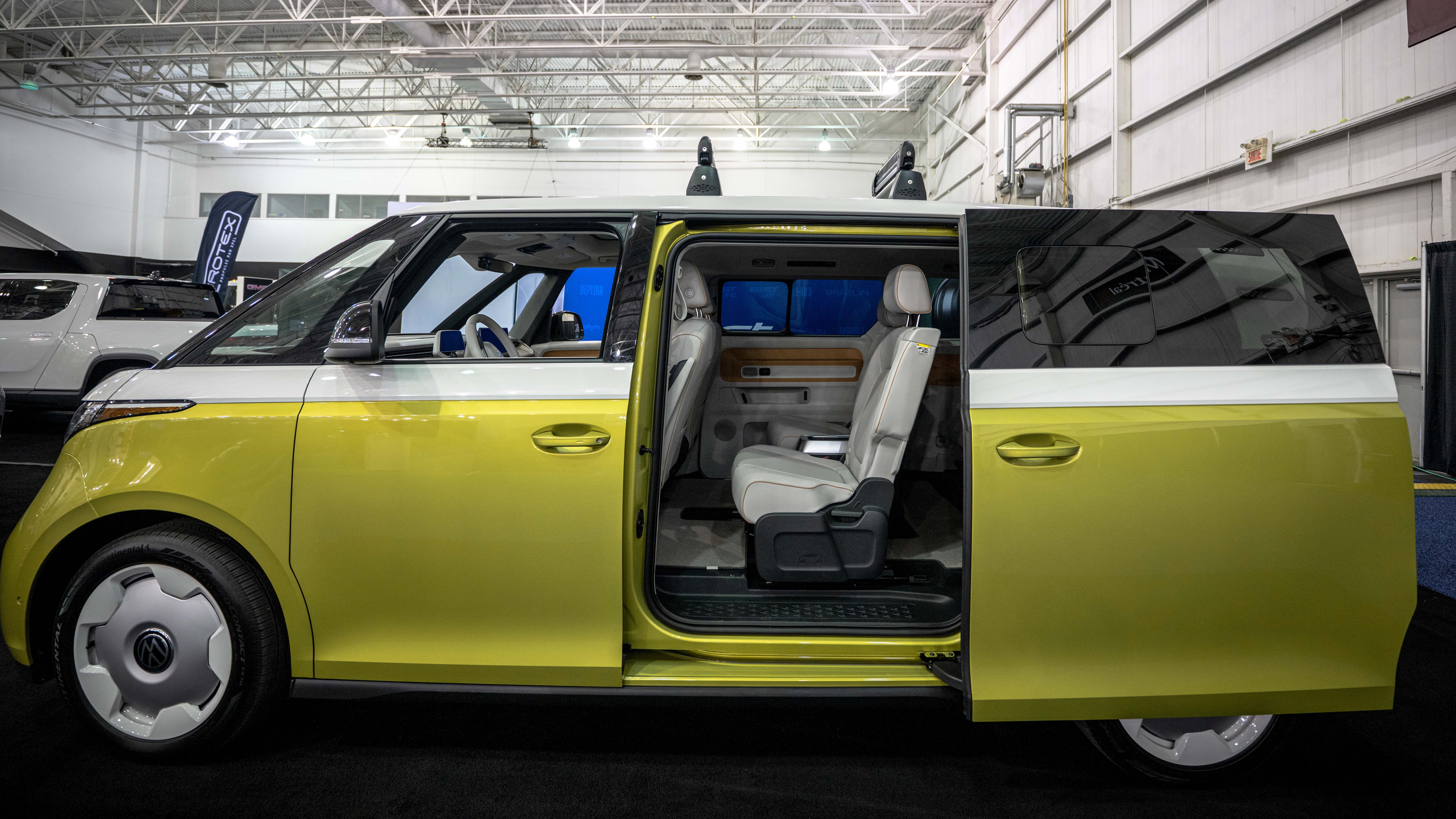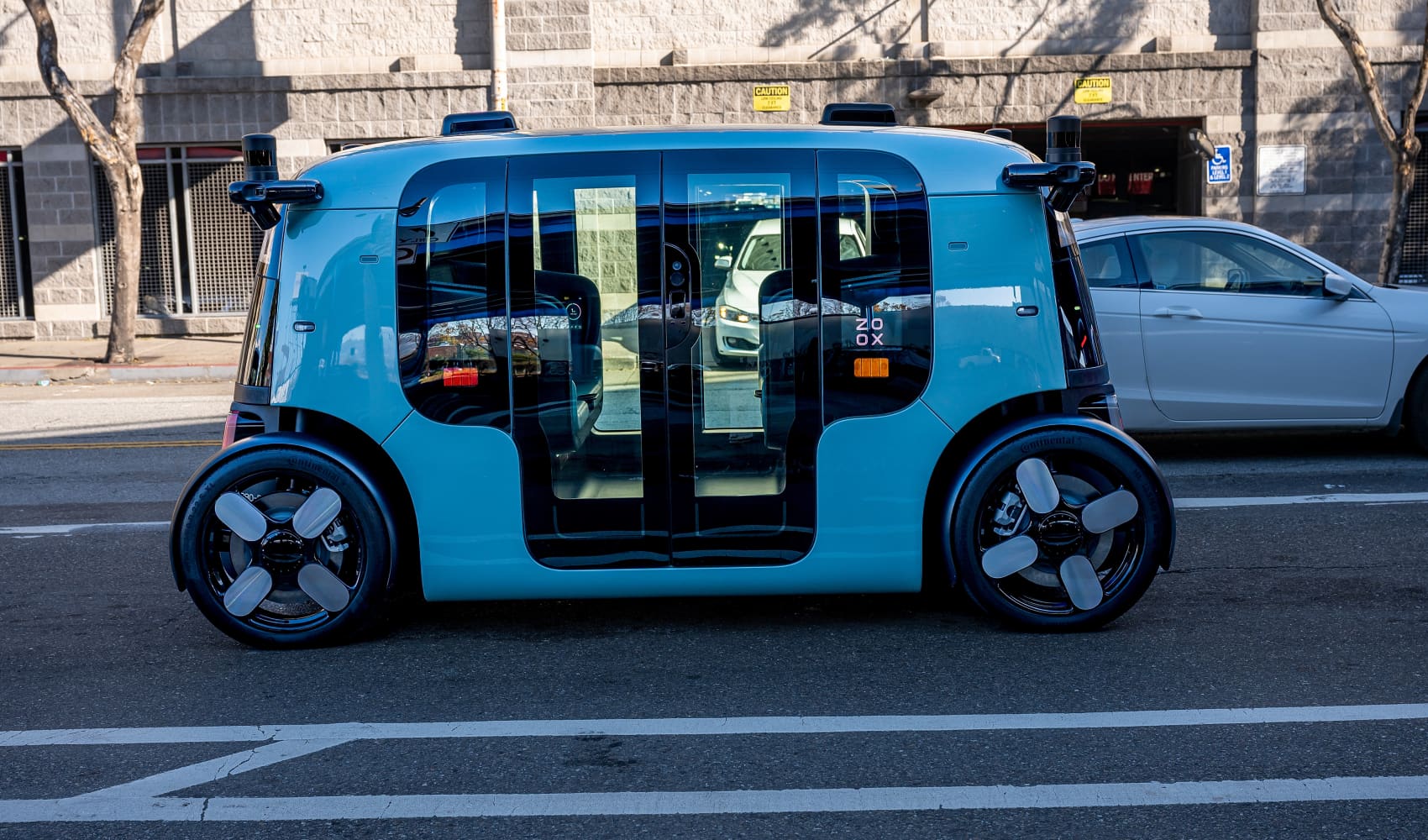TikTok Star 'Okay Baby' Dies: Car Seat Safety Warning
Tragedy Strikes: TikTok Star 'Okay Baby' Preston Ordone Dies in Louisiana Car Crash
A Heartbreaking Loss: Introduction to the Tragedy
The internet community mourns the tragic loss of two-year-old Preston Ordone, affectionately known as “Okay Baby” on TikTok. Preston’s infectious joy and adorable presence captured the hearts of thousands. But on a fateful Thursday, his life was cut short in a devastating car accident in Louisiana. This article dives into the details of the accident, the investigation, and the crucial importance of child safety seat usage. It's a somber reminder of how precious life is and the responsibilities we have to protect our youngest members.
The Incident: What We Know So Far
Louisiana State Police reported that the single-vehicle crash occurred on Interstate 12 in St. Tammany Parish. The investigation is still ongoing, but preliminary findings paint a grim picture. A 2011 Ford F-150, carrying Preston and his parents, veered off the road and collided with a tree. This single moment changed everything.
First Responders and Hospital Efforts
Emergency services rushed to the scene. Preston, along with his parents, Katelynn, 25, and Jaelan Ordone, 27, were transported to a local hospital. Tragically, despite the best efforts of medical personnel, Preston succumbed to his injuries. His parents sustained serious injuries and are currently receiving medical care.
"Improperly Restrained": A Crucial Detail
The Louisiana State Police released a statement highlighting a critical factor in the tragedy: Preston was “improperly restrained in a child safety seat.” This devastating detail underscores the importance of properly securing children in age- and weight-appropriate car seats. Could this tragedy have been prevented with proper restraint? It's a question that haunts us all.
The Ongoing Investigation: Seeking Answers
The Louisiana State Police are diligently investigating the cause of the accident. They are examining all potential factors, including driver fatigue, distractions, and mechanical issues. The goal is to determine exactly what led to the Ford F-150 veering off the road. We will update this article as more information becomes available.
TikTok Reacts: An Outpouring of Grief
The news of Preston's passing has sent shockwaves through the TikTok community. Users are sharing tributes, memories, and expressions of grief. The hashtag #OkayBaby is filled with messages of condolence and support for the Ordone family. It's a testament to the impact Preston had on so many lives, even in his short time.
Child Safety Seats: A Lifesaving Tool
This tragic accident underscores the critical importance of child safety seats. These devices are designed to protect children in the event of a crash, and when used correctly, they can significantly reduce the risk of serious injury or death. Think of a car seat as a tiny fortress for your child, shielding them from potential harm.
Choosing the Right Car Seat: Age and Weight Matters
Selecting the appropriate car seat for your child is crucial. Car seats are categorized based on a child's age, weight, and height. Be sure to consult the car seat manufacturer's instructions and guidelines to ensure you choose the right seat.
- Rear-facing seats: Generally for infants and toddlers.
- Forward-facing seats: For older toddlers and preschoolers who have outgrown rear-facing seats.
- Booster seats: For children who are too big for forward-facing seats but not yet big enough to safely use a seat belt alone.
Proper Installation: A Step-by-Step Guide
Even the best car seat is ineffective if it's not installed correctly. Here's a simplified guide:
- Read the car seat manual: Every car seat is different, so familiarize yourself with the specific instructions.
- Use the LATCH system or seat belt: Follow the instructions for your car seat and vehicle.
- Tighten the straps: The car seat should not move more than one inch in any direction.
- Ensure proper harness placement: The harness straps should be at or below your child's shoulders in a rear-facing seat and at or above their shoulders in a forward-facing seat.
Harnessing Your Child Correctly: A Secure Fit
A properly fitted harness is essential for keeping your child safe. Make sure the harness straps are snug and lie flat against your child's body. You should not be able to pinch any slack in the harness at the shoulder. A loose harness is like a leaky safety net – it won't do its job when you need it most.
The Importance of Seat Belts: For Everyone
While this tragedy highlights the importance of child safety seats, it's crucial to remember that seat belts are essential for everyone in the vehicle. Clicking that seat belt is a simple act that can have a profound impact on your safety.
Louisiana State Police: A Message of Awareness
The Louisiana State Police emphasize that proper restraint use significantly reduces the risk of serious injury or death in a crash. Their statement underscores the vital role that seat belts and child safety seats play in saving lives. They are committed to promoting safe driving practices and educating the public about the importance of these safety measures.
Beyond the Headlines: Preventing Future Tragedies
This tragedy is a stark reminder of the fragility of life and the importance of taking every precaution to protect our children. Let's use this moment to raise awareness about child passenger safety and encourage everyone to prioritize proper restraint use.
Supporting the Ordone Family: How You Can Help
During this difficult time, the Ordone family needs our support. Consider donating to a reputable charity that supports families who have experienced loss. Even small acts of kindness can make a big difference. Let's rally together as a community to provide comfort and assistance to those who are grieving.
Remembering "Okay Baby": A Legacy of Joy
Though his life was tragically short, Preston "Okay Baby" Ordone left a lasting impact on the world. His infectious smile and playful spirit brought joy to countless people. Let us remember him not for the tragedy of his death, but for the light he brought into our lives.
Moving Forward: A Call to Action
This tragedy should serve as a call to action for all parents and caregivers. Let's commit to educating ourselves about child passenger safety and ensuring that our children are always properly restrained in the car. Together, we can prevent future tragedies and protect the lives of our precious little ones. Are we ready to step up and make a change?
Conclusion: A Final Reflection
The loss of Preston Ordone, the "Okay Baby" TikTok star, is a heartbreaking tragedy that underscores the paramount importance of child safety. Remember to always choose the right car seat for your child's age and weight, install it correctly, and ensure the harness is properly fitted. Let's honor Preston's memory by making a conscious effort to prioritize child passenger safety and protect the lives of our youngest members of society. The world is a little dimmer without his light.
Frequently Asked Questions
1. What type of car seat is best for my 2-year-old?
Generally, a forward-facing car seat with a five-point harness is suitable for most 2-year-olds. However, it's crucial to check the weight and height limits of your specific car seat and compare them to your child's measurements. If your child hasn't exceeded the height/weight limit on their rear-facing seat, it's actually safer to keep them rear-facing as long as possible.
2. Where can I find a certified car seat technician to inspect my installation?
You can find a certified car seat technician by visiting the National Highway Traffic Safety Administration (NHTSA) website or by contacting your local fire department or police department. Many offer free car seat inspection services.
3. How often should I check my car seat installation?
It's recommended to check your car seat installation at least once a month. Also, check it after any significant event, such as a car accident or if you've had to remove and reinstall the seat. Even slight movements can compromise its effectiveness.
4. My child hates their car seat. How can I make them more comfortable?
Try making the car seat a more positive experience. Offer them a favorite toy or book only when they're in the car seat. Make sure the temperature in the car is comfortable. You can also try playing soothing music or engaging them in conversation during the ride. Never compromise safety by loosening the straps or allowing them to unbuckle themselves.
5. What are the long-term consequences of improperly restraining a child in a car?
Improperly restraining a child in a car can lead to severe injuries or even death in the event of a crash. Even minor accidents can result in serious harm. Properly restraining your child significantly reduces the risk of head injuries, spinal cord injuries, and internal organ damage. It's simply not worth the risk to take shortcuts when it comes to your child's safety.





